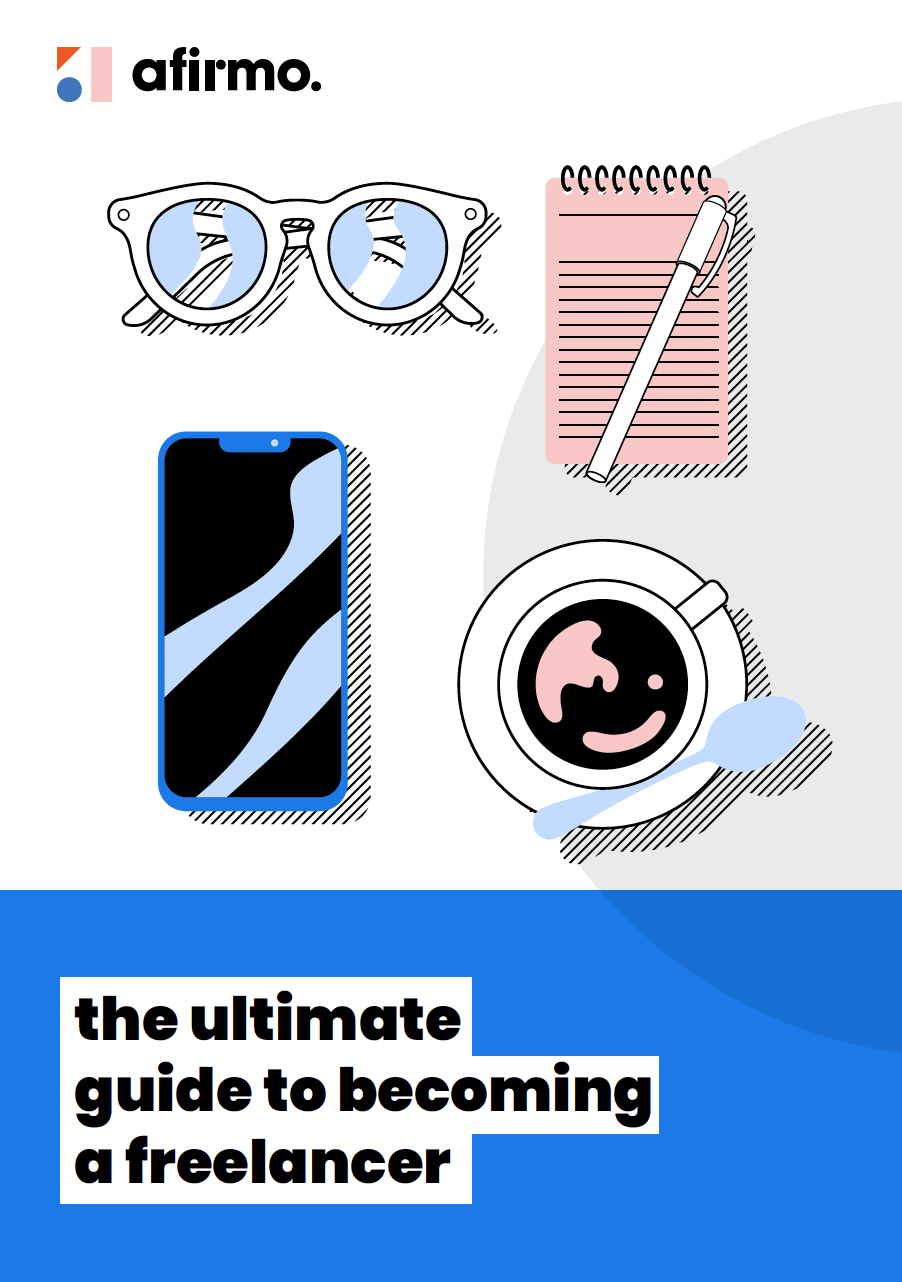A business plan describes your business and how it will operate. It can be a high-level one-pager to quickly explain your business idea and goals. You should also create a longer, more detailed version. The longer version will be needed if you’re seeking a business loan or investors. It also ensures you’ve thought things through in detail and have a roadmap to refer to and adapt if necessary over the coming years
A high-level business plan includes:
- What your business does
- Who your customers and competitors are
- Your proposed business structure
- How you’ll advertise and provide your products or services
- Your expected revenue, expenses and profit/loss for the next few years
- The main milestones in getting your business up to speed
- Your team, including yourself and partners, such as mentors, investors, accountant, customer referees and people you collaborate with to deliver a more complete service when required
To write a business plan you’ll need to put some time into market research, defining the services you offer and your target audience, identifying your expenses and deciding what you will charge.
How to describe your freelance business idea
Here focus on the value your business offers customers. You can do this by describing the problem they have and how your freelance business solves it. Choosing a business name that conveys this, rather than using your own name, often helps. It also makes it easier to grow your business and employ others later on. Here’s an example for a freelance personal trainer targeting new mothers.
Business Idea: Active mum – A flexible personal trainer service for new mothers.
The opportunity
New mothers who have enjoyed working out at the gym for years can find it difficult to safely rebuild and maintain their fitness after having their baby.
The solution
Active mum will provide a flexible one-on-one personal trainer service, to suit mother and baby. An online platform will let customers book, reschedule and cancel training sessions with ease. Sessions will take place in the customer’s home or surrounding area. The trainer can also provide experienced baby care as required to free-up mum during the training session.
How to choose a freelance business structure
In New Zealand most businesses are a sole trader, partnership or company. For freelancers, being a sole trader is the simplest option, but you’re personally responsible for all debts and profits are part of your personal income. Partnerships are like a group of sole traders who are responsible for their own debts and, collectively, for all business debts. A company is the most complex option with additional accounting and regulatory costs. It’s important to get advice from a business accountant or adviser about the best option for you.
How to describe your freelance market and competitors
Here you describe the number of potential customers and their demographic statistics, such as geographic location, gender, age and income. Then you identify your main competitors – their size, offering and why your freelance service will be better in the eyes of your target audience in each case.
How to write a brief freelance sales and marketing plan
Begin by briefly describing how customers will access and pay for your freelance services. Will you have a physical or online store, a website with a booking service, or will you encourage phone or email contact? Will they pay up-front, on service completion, after receiving an invoice from you or some combination? What methods of payment will you allow?
To describe your marketing plans, briefly outline how your target audience will find out about your service and be encouraged to become a customer.
How to describe your freelance financial plan
For a brief business plan you can simply include the amount you need to invest at the beginning and where that will come from. You can then provide estimates for your expected revenue, expenses and profit for each of the next three years.
These should be based on more detailed financials, often prepared with the help of a business mentor or accountant. This is an important step, because about a half of new businesses fail in the first few years because they run out of money. Make sure you keep your financial plan real and don’t let your enthusiasm lead to unrealistic hopes.
For each of your first three years, a detailed financial plan should include:
- Your costs broken down into main areas, such as advertising, loan repayments, phone and internet, vehicle expenses, ACC levies, taxes and insurance (including any liability insurance)
- Your expected income, separated by each source if there will be more than one
- Your estimated profit or loss for each year
- A cash flow forecast that shows how much money will flow in and out each month and, therefore, what your business bank balance will be
- A balance sheet forecast – this shows what the business is worth by including all assets, not just cash, less what might be owed through loans used to get the business started
A detailed financial plan also makes it easier to see when things aren’t going to plan. This allows you to get early advice, put things right or take advantage of better-than-expected results.
How to summarise your main milestones
This section of a business plan provides a high-level summary of the main steps to getting your freelance business up and running. Here are some potential examples:
- Purchase domain name and essential equipment by [date]. Budget $xx. Responsibility: Me
- Secure first XX customers by [date] using networking and word-of-mouth, backed by updated LinkedIn profile, mobile number and Gmail address. Budget $XX for coffees etc. Responsibility: Me
- Launch website, business email address and print business cards by [date]. Budget $XX. Responsibility: Me, [Website company name] [copy name].
How to describe the people involved in your freelance business
The final section is a chance to include a very brief summary of your experience and qualifications, starting with the most recent and relevant. You should also identify your proposed business partners as described above.
To learn more
For tips on writing a business plan, plus handy templates for brief and comprehensive plans visit business.govt.nz. You can also see our article on how to write a business plan for your small business.
Your Guide to becoming a freelancer chapters
- Chapter 1- Market research and validating your freelance idea
- Chapter 2 – Defining your freelance service and target audience
- Chapter 3 – How to price your freelance services
- Chapter 4 – How to write a freelance business plan
- Chapter 5 – Building your business portfolio
- Chapter 6 – Online presence and marketing
- Chapter 7 – How to manage your time as a freelancer
- Chapter 8 – Managing your finances as a freelancer
- Chapter 9 – How to choose the best insurance for freelancing


